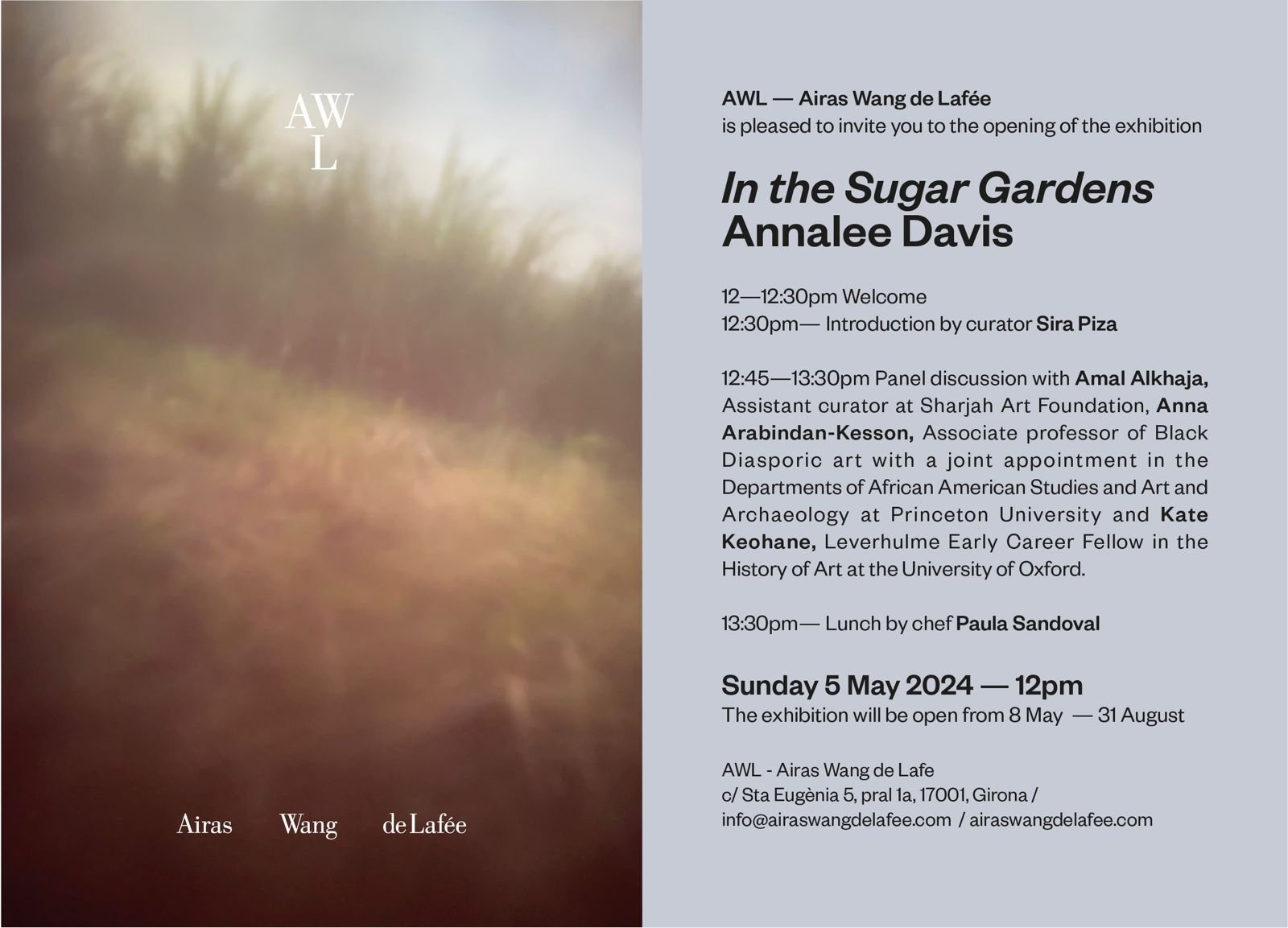In the Sugar Gardens
Solo exhibition
AWL Airas Wang de Lafée Contemporary Art Space, Girona, Spain.
—
8 May - 05 October , 2024
Featuring new sculptures, embroideries, as well as historical works on paper, the exhibition is a survey of Davis’s trajectory curated by Sira Pizà.
Press
Claudia Cheng Editorial: Annalee Davis’ Reverence for Healing Plants and Restoring Post-Colonised Landscapes
Curatorial Text, Introduction
by Sira Pizà
Annalee Davis has lived and worked as an artist and cultural activist at Walker’s Dairy in Barbados for the past twenty-three years. This site, a former sugar plantation acquired by her paternal great-grandmother and later converted to a dairy farm, has been at the centre of her approach to the contradictory terrain of this small island nation. This particular space is a fragment, a sample of something much larger: in the biosphere’s specific history we find the material traces that unravel a weaving of geopolitics and identity-making, social and cultural structures that we are still trying to understand and reorganise today. Her approach to the present and future of the Caribbean is one of restoration: collecting the pieces and putting them back together in a new form, re-imagining an environment from the perspective of underrepresented voices to force a change in narrative. This idea of operating from a small place runs parallel to the notion of situated knowledge that she enforces: accepting that all knowledge is partial lets us allow other voices to a mainstream current that results in divergence, contradiction, and overall resistance.
When I started speaking to Annalee about finding larger stories, stories about societies, embedded in ethnobotanical knowledge, I looked at the context of the gallery and came across a study about a community from the High Pyrenees called the Trementinaires. Named after their most sought-after product, trementina or turpentine, this group of women from a secluded valley in the mountains of north Spain appeared as a perfect parallelism. In the early 19th century, influenced by the effects of industrialization, the Trementinaires would collect medicinal herbs from the valley, manufacture health-related products during the summer, and then walk trading routes in the fall and winter seasons, leaving their husbands at home with the children. In doing this, they were radically shifting the traditionally domestic sphere of feminine action towards public agency as a direct result of their expertise, which women in the public arena didn’t usually represent. In this example, the specific knowledge of the surrounding natural resources and their use for survival translated into a form of self-governance, self-care, and community building.
In the context of global British Imperialism, Barbados became the epicentre of the Plantationocene’s¹ workings. The monoculture of the sugar cane culminated over centuries of soil erosion and the near extinction of the island’s biodiversity. Marginal plots of land situated within plantations were given to the enslaved to grow food and medicines and maintain African traditions. Within the plantation, the British marked these least arable lands as rablands and made them available to the indentured and enslaved. These plots, although considered infertile, allowed for a variety of autochthonous and regional plants used for medicinal purposes to thrive, restoring at once the soil and the body. The plots, contrary to the logic of the plantation, were used as gardens, and the plants grown there were used as medicine for healing purposes, as contraceptive or abortive methods, or even as poison. This ethnobotanical knowledge was passed down orally through generations, following the logic of traditional wisdom, while it left dormant seeds in the ground which would later grow again and take over more recently abandoned sugar cane fields. The plot, a small residue of freedom within the conditions of the plantation, becomes an emblem of resistance² and resilience that is characteristic of the Caribbean’s biological and human landscape. Annalee’s notion of the plot becoming a garden arises as a symbolic and physical gesture: that of the living apothecary, expressing a vocabulary intrinsically contradictory to colonial and imperialist language. Her daily ritual of walking the land at Walker’s, and the research of remnants in the soil, roots Davis’ practice in conversation with the tumultuous post-plantation ground, as well as its healing potential.
In the Sugar Gardens contains the inherent contradiction in these terms, the first representing expansive and parasitical colonisation of a landscape, the latter standing for restoration. It’s a walk through Annalee Davis’ decade-long trajectory, drawing a parallel between the spatial experience of the exhibition and her positionality at the intersection between the biographical, biological and socio-political. The architectural typology of the gallery as a former home hosts several stages of an inward and personal history, and its unfolding towards a shared History, entering the garden and going to the sunroom, through the kitchen, living, and reading room. Each of the areas unravel the interconnected complexities of Annalee Davis’ practice, weaving together the experience of her land of origin and its people in contemporaneity, while digging through the layers of dependencies, trauma, and regeneration that the land itself encloses.
Experienced as a politicised domestic laboratory, In the Sugar Gardens expands on parasitic inheritance and the relationship between the violent stratification of the living world and a place’s socio-political classification. Annalee Davis sculpts ideas of an interior garden of contradictions, and how we might embody the landscape as more-than-human kin we live with and depend on, through the skins we inhabit.
¹ Annalee Davis speaks of the term Plantationocene, used by Donna Haraway and Anna Tsing in “Anthropocene, Capitalocene, Plantationocene, Chthulucene: Making Kin”, Environmental Humanities vol. 6, 2015, to refer to the devastating transformation of landscape or human tended farms into extractive plantations, which relied on exploitative, imported and enslaved labor.
² “But from early, the planters gave the slaves plots of land on which to grow food to feed themselves in order to maximize profits. We suggest that this plot system, was, like the novel form in literature terms, the focus of resistance to the market system and market values. This culture created traditional values – use values. This folk culture became a source of cultural guerilla resistance to the plantation system.” Wynter, Sylvia. “Novel and History, Plot and Plantation”. Savacou 5 (June 1971)
The Space



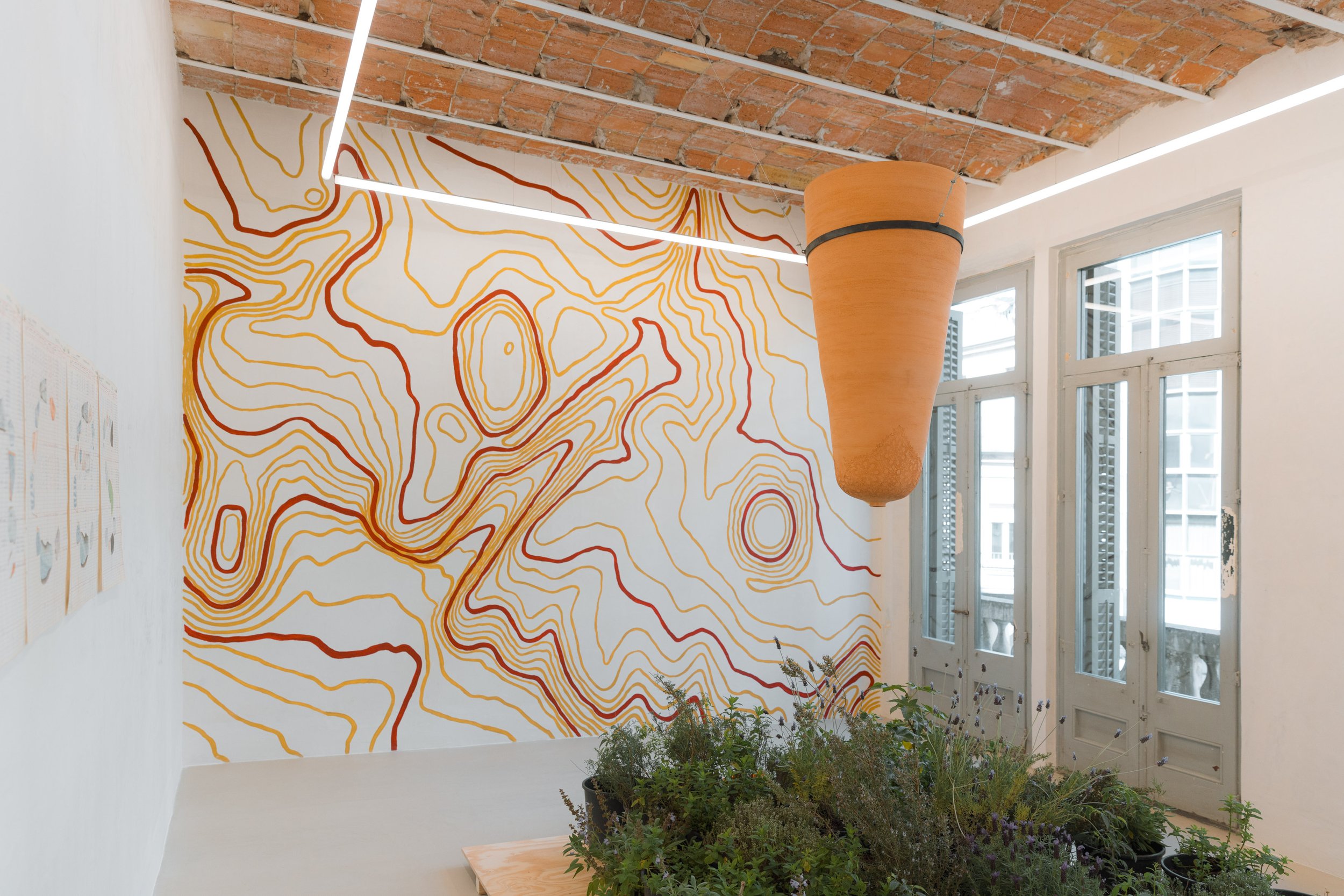






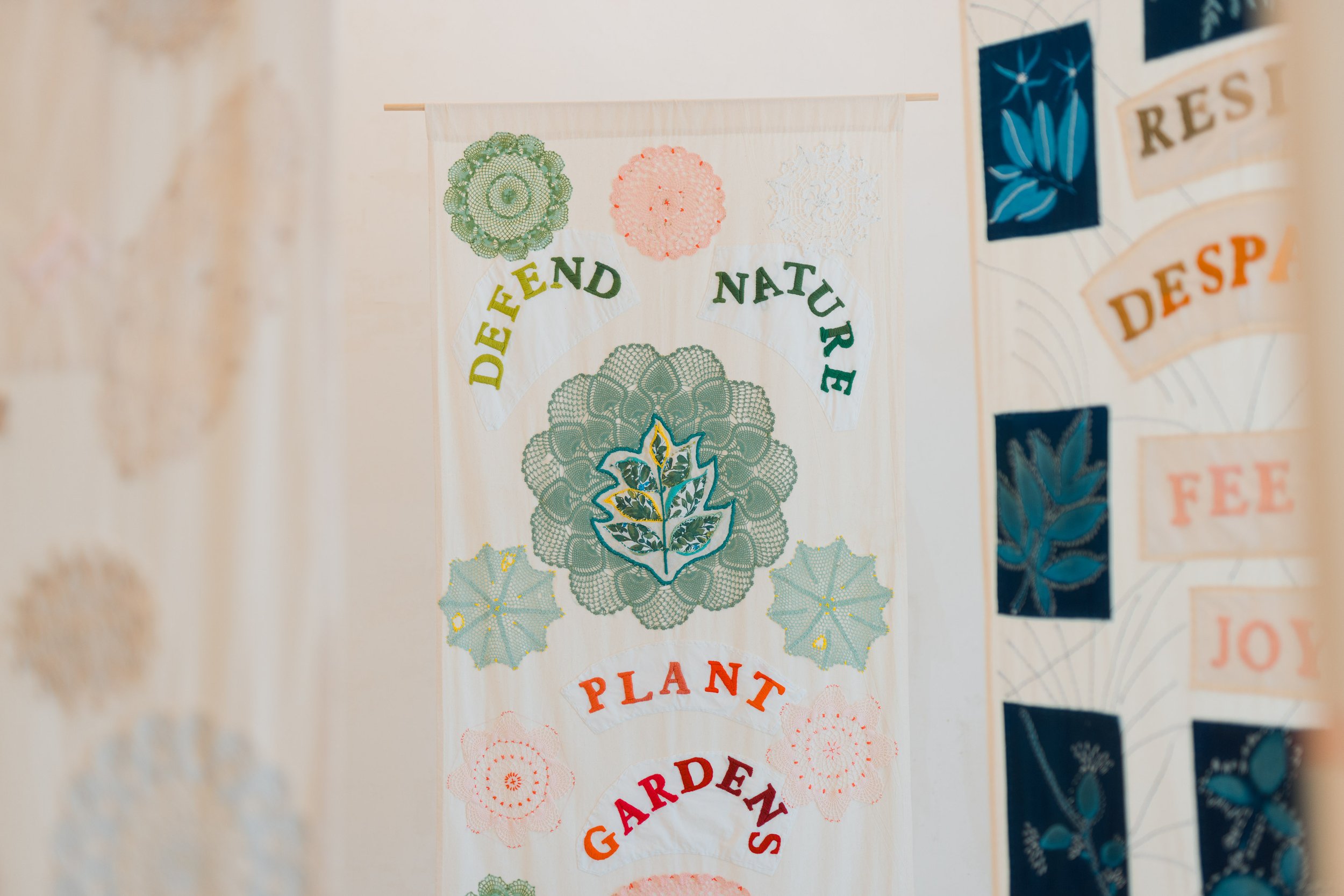

















Image Credit: Joan Divi (@joandivi)
Inauguration and Panel Event
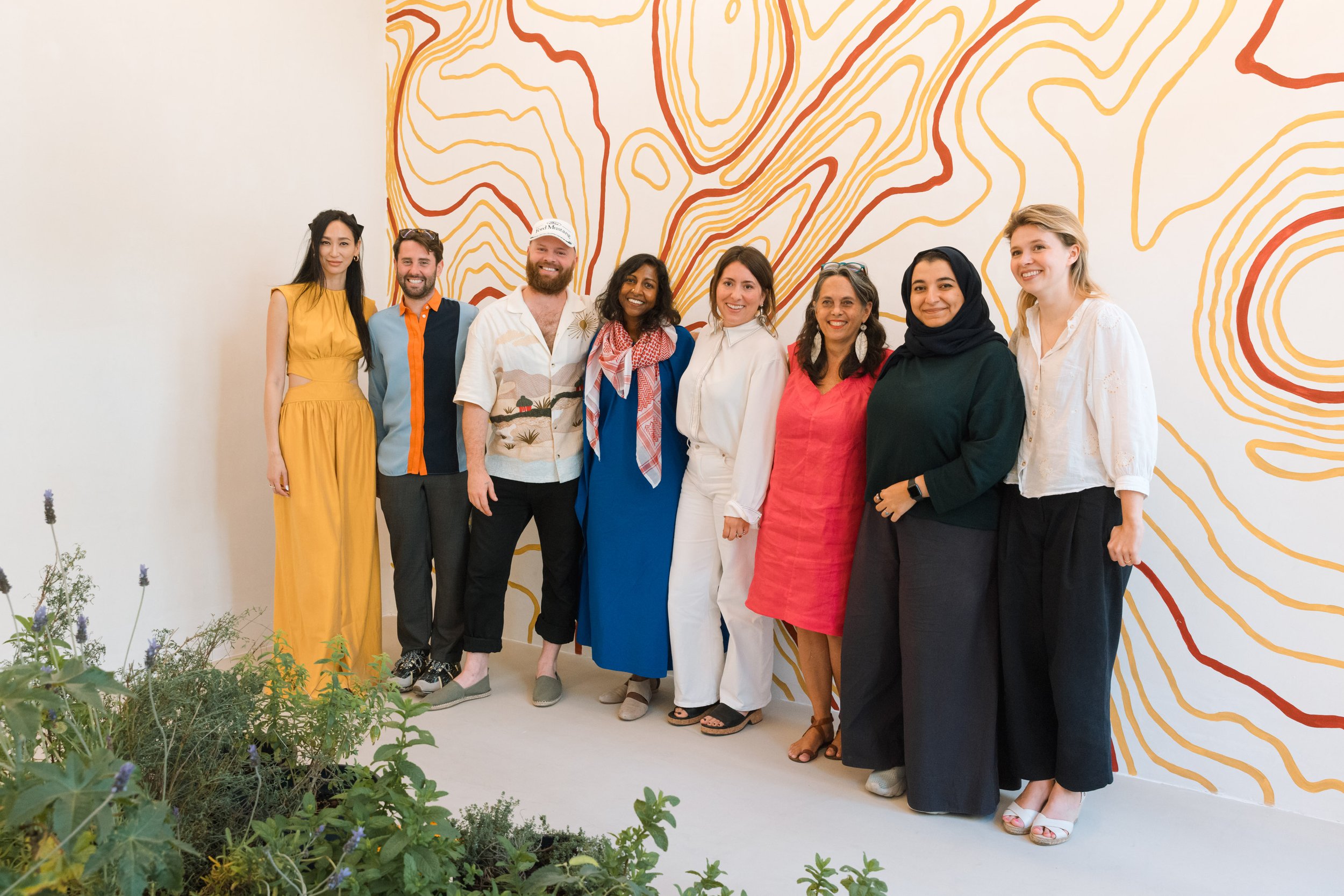


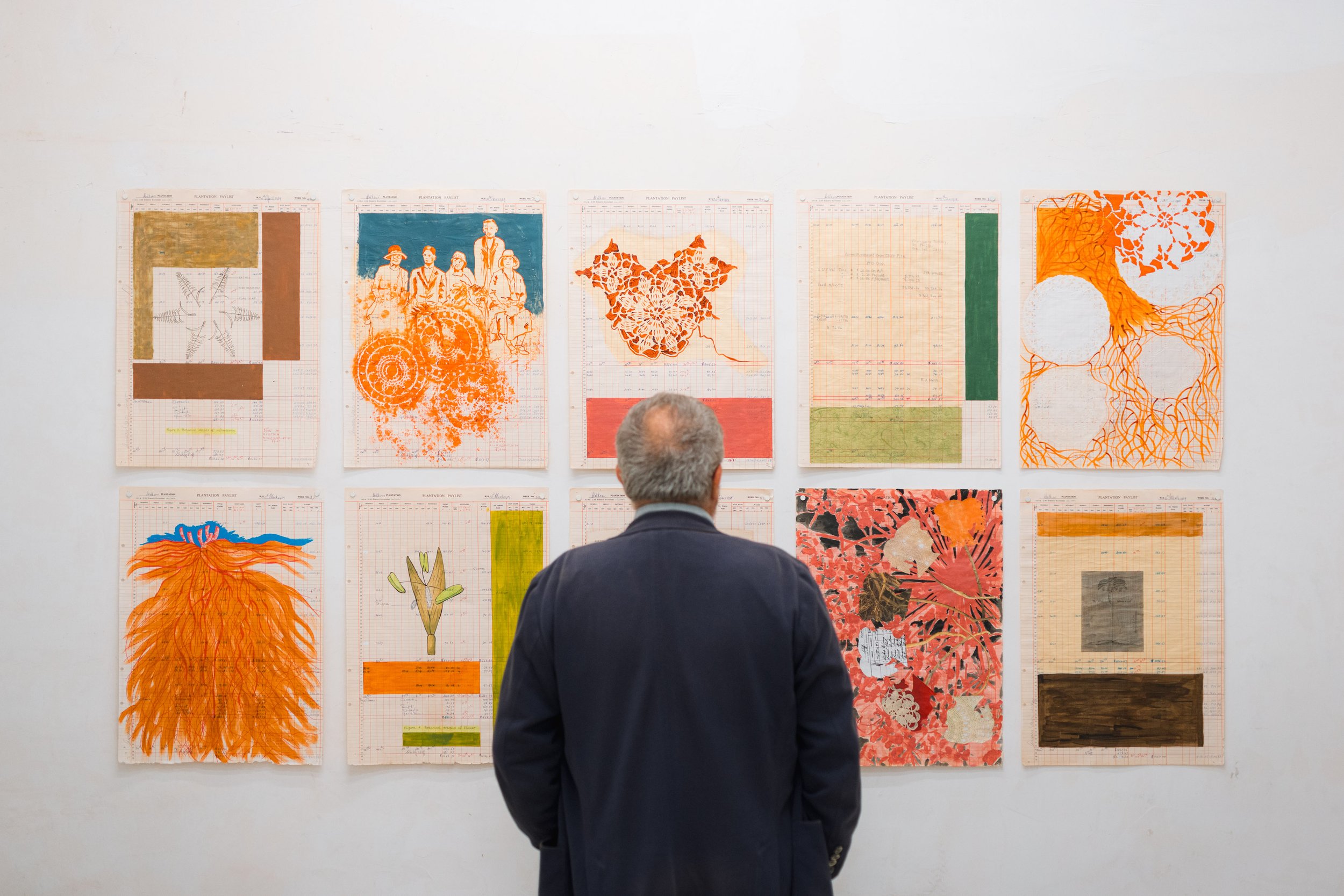

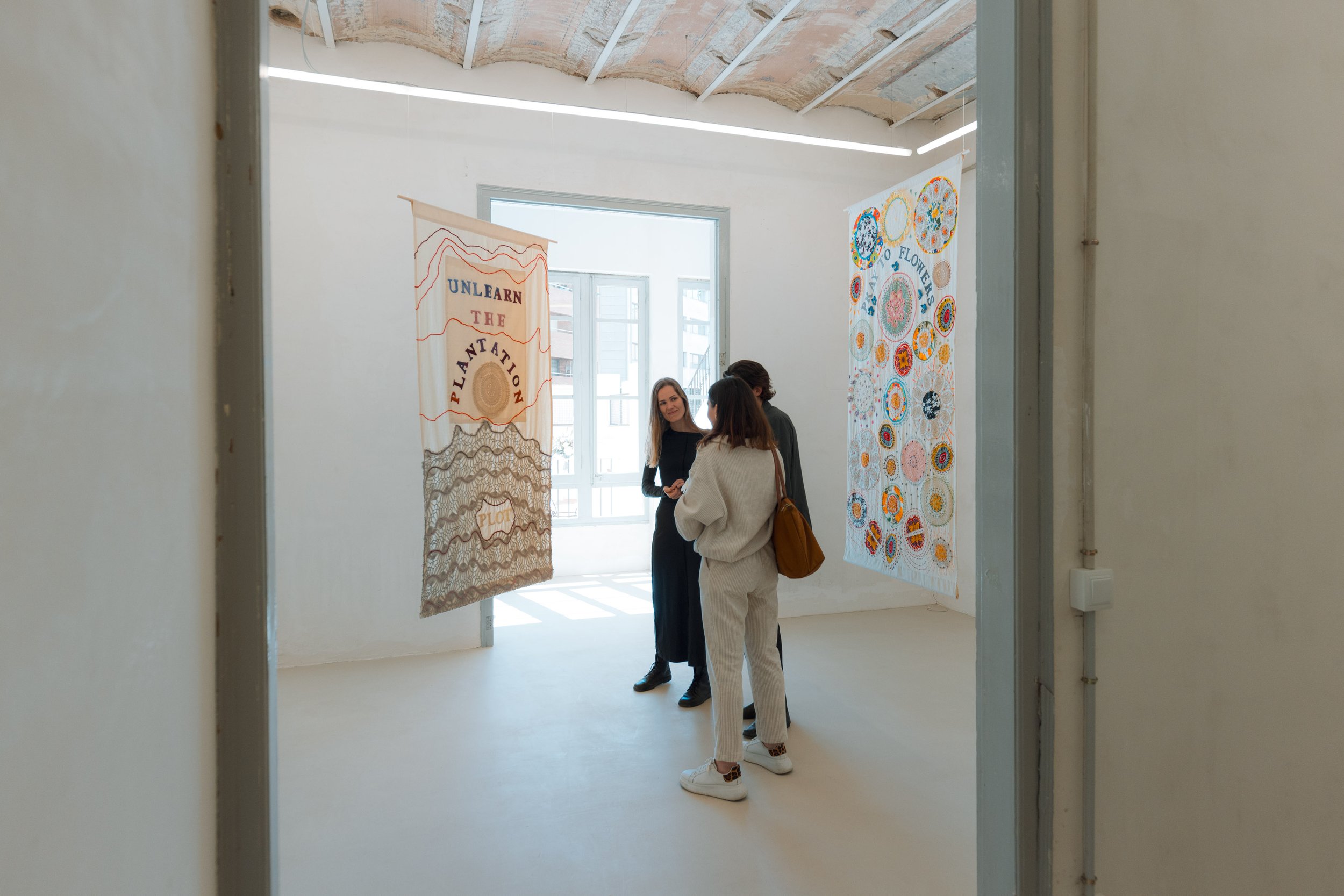

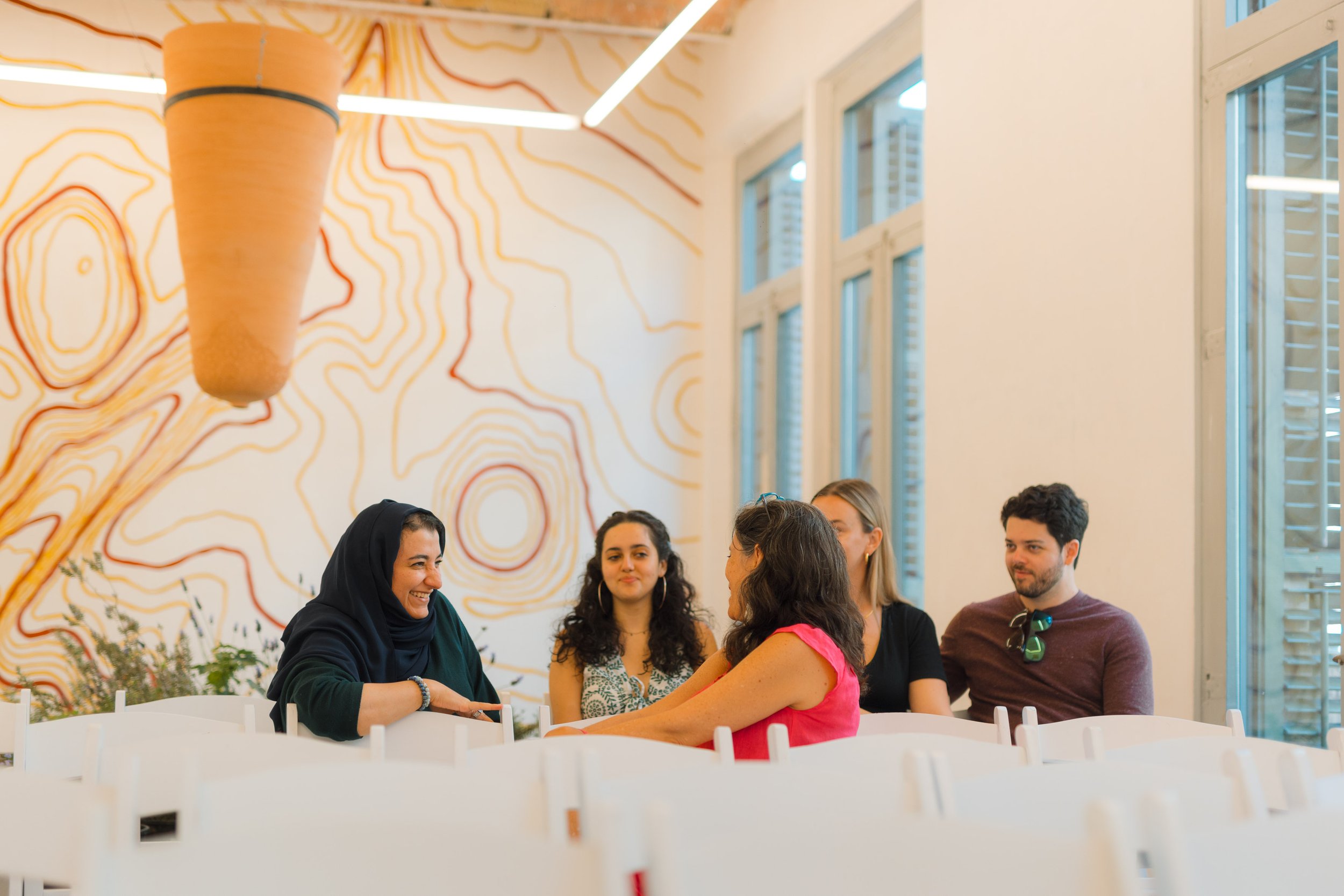
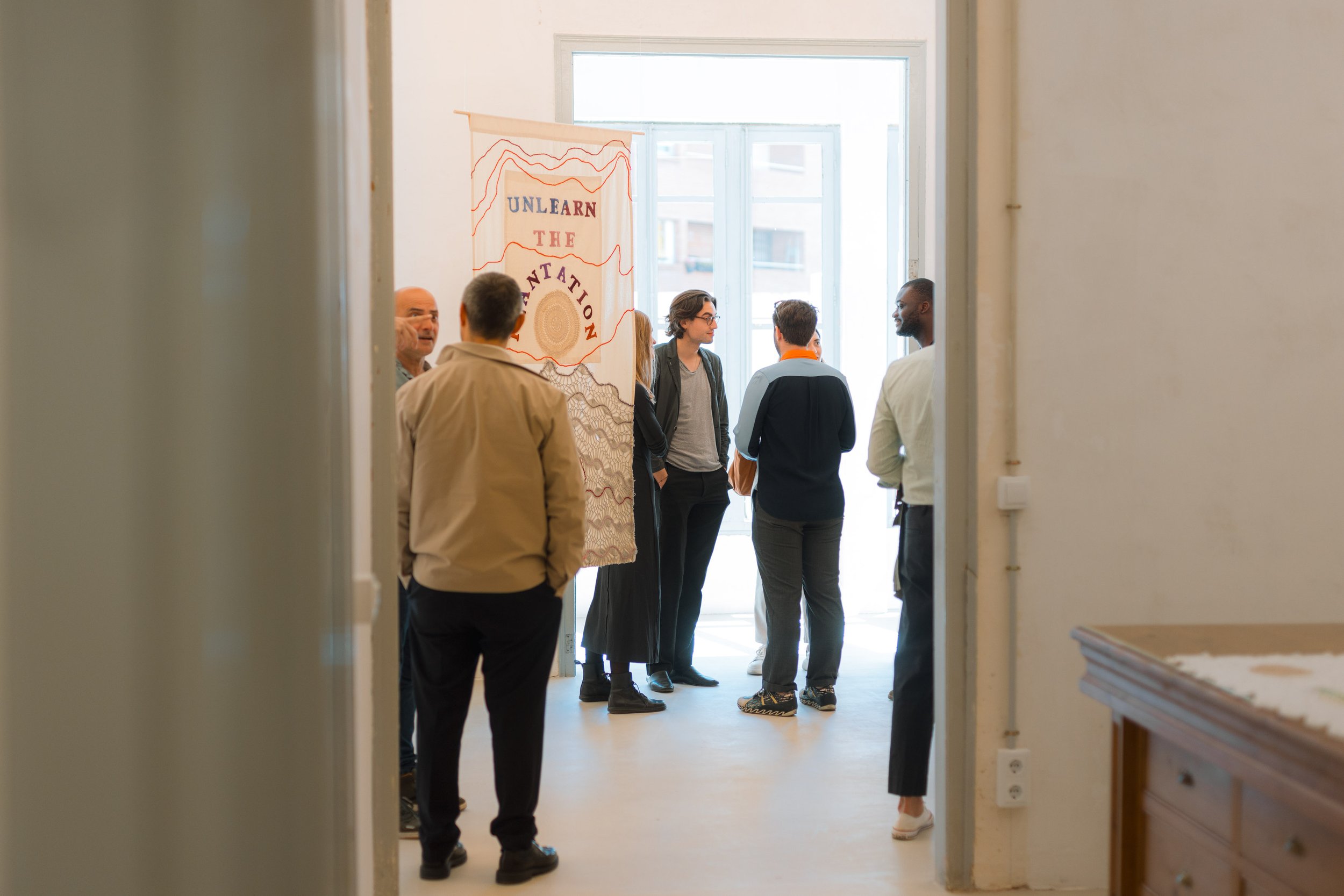

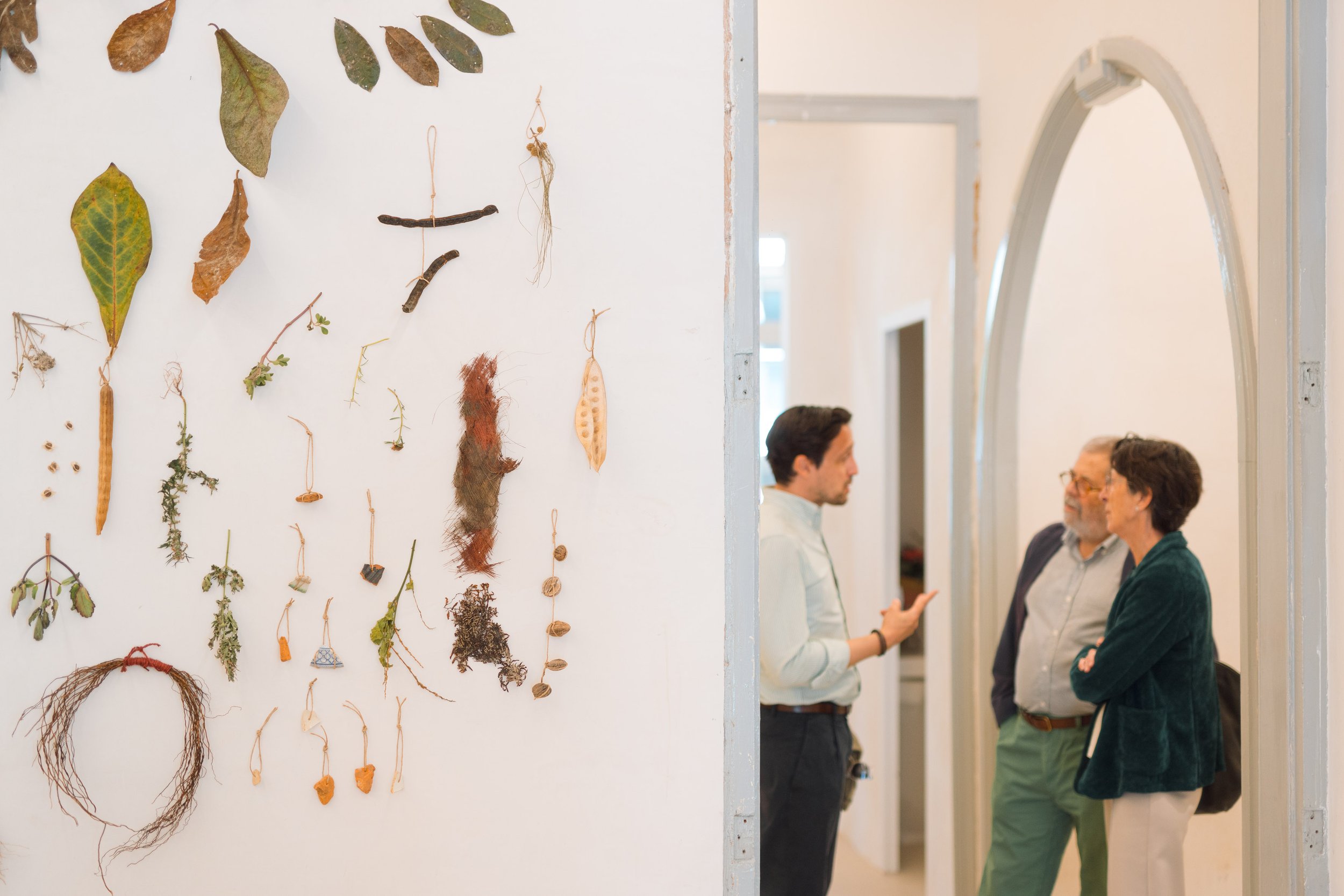

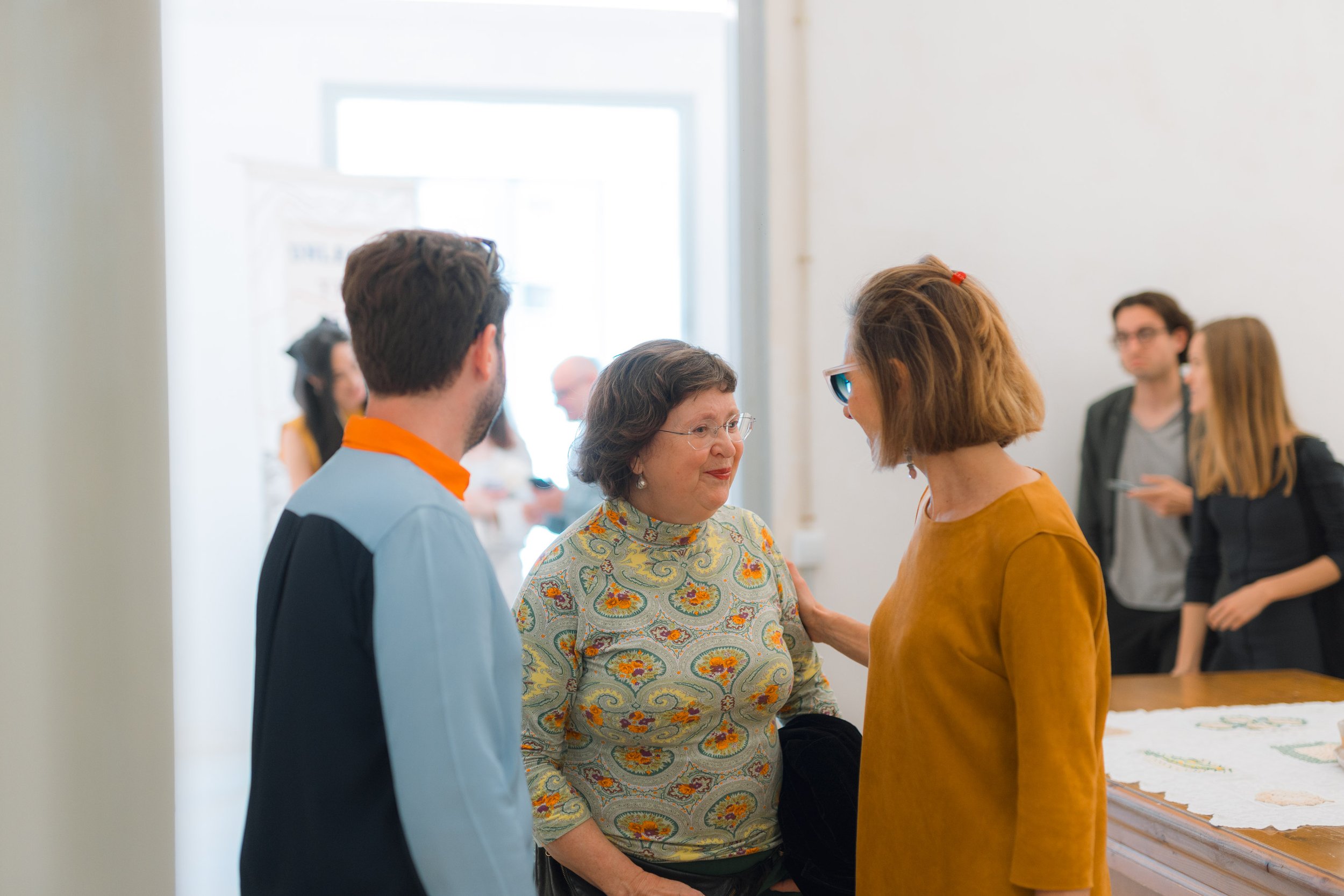


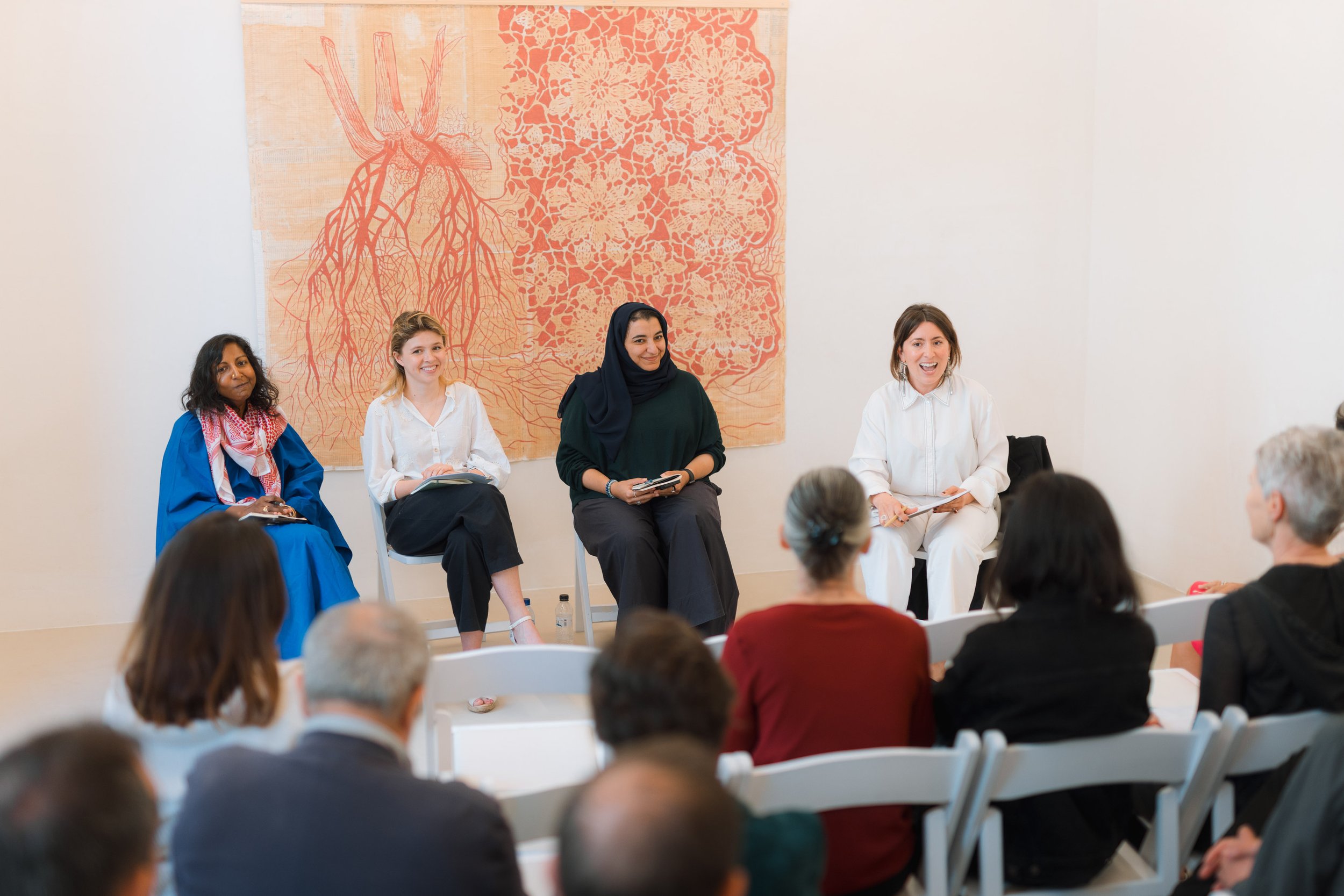


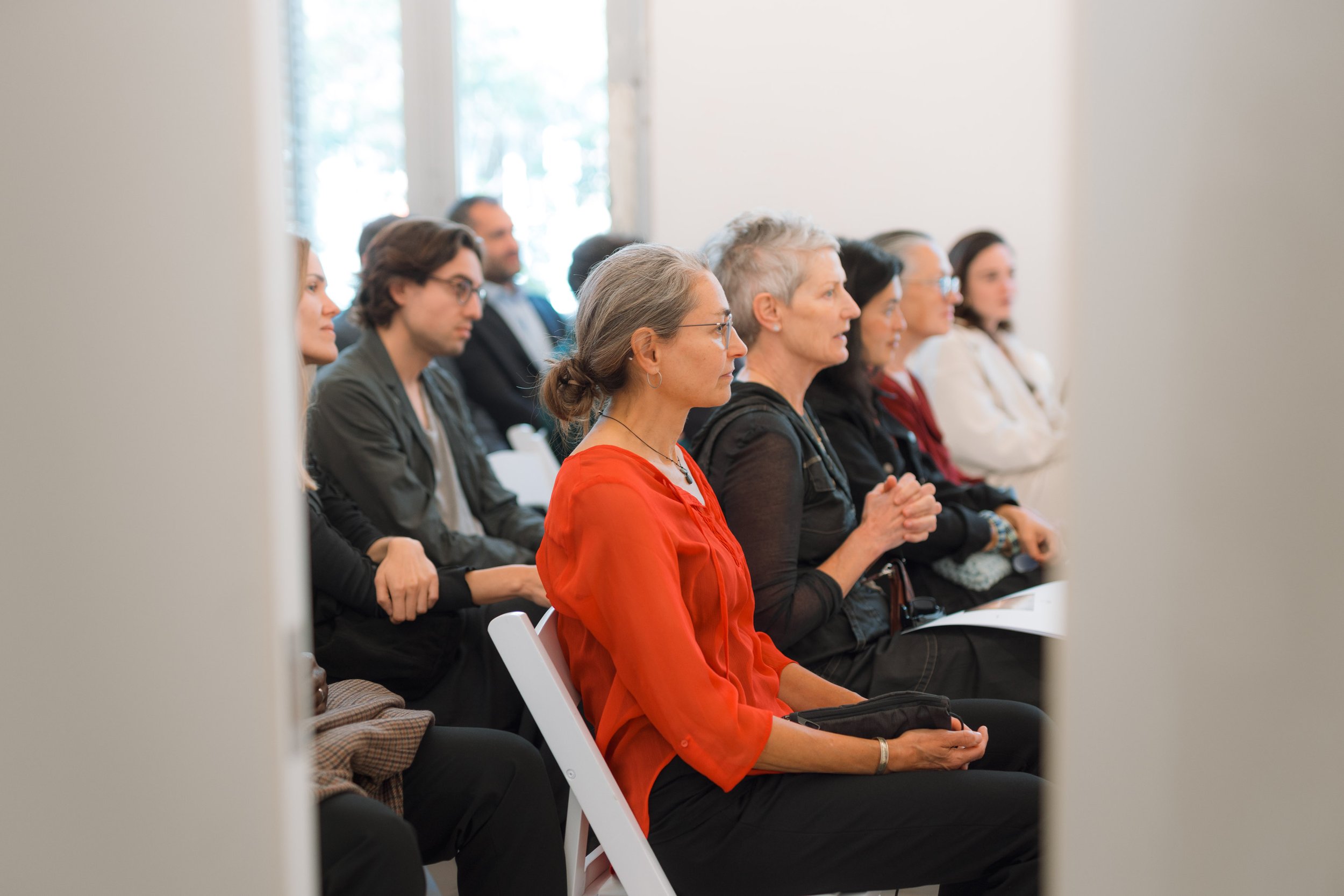


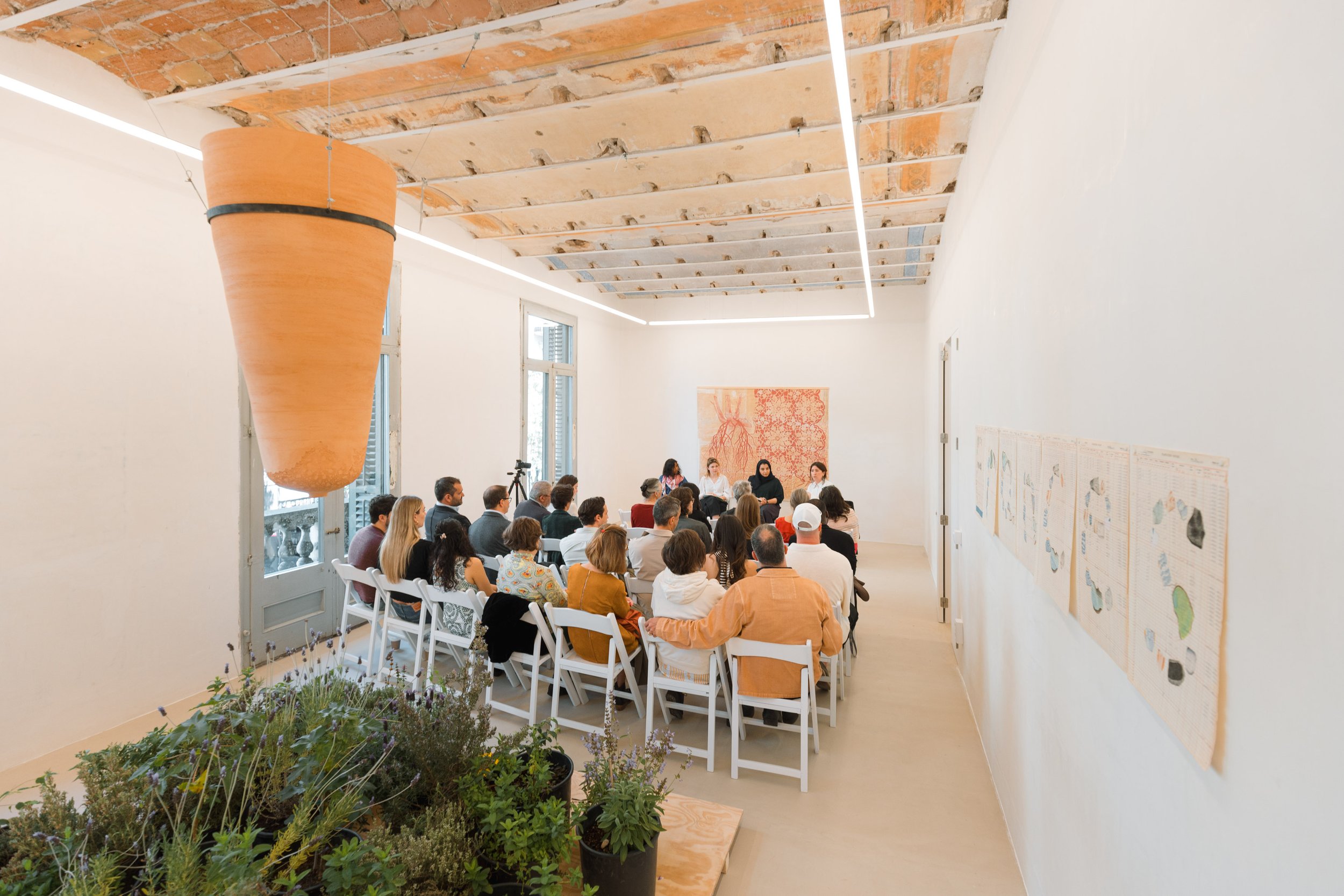











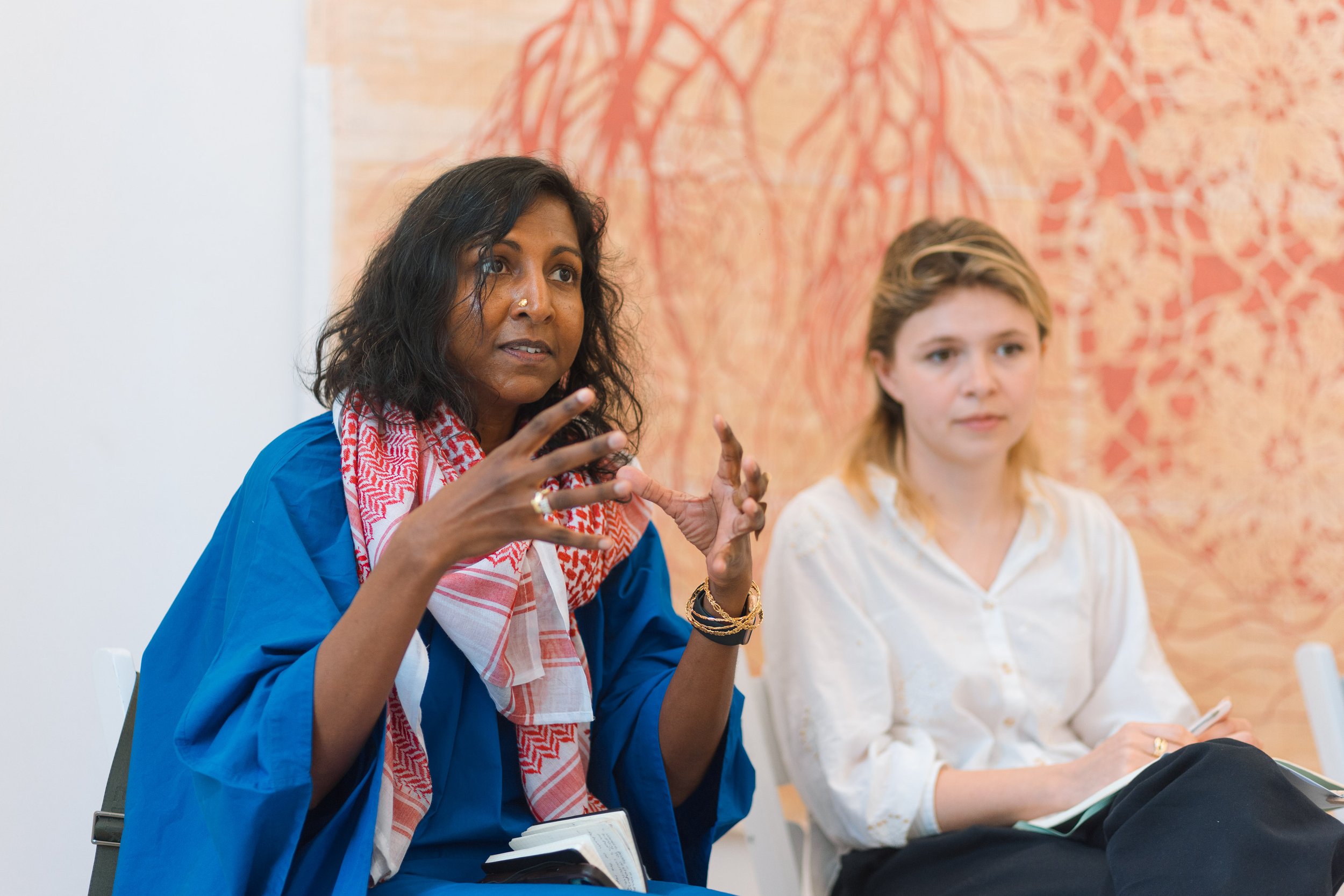
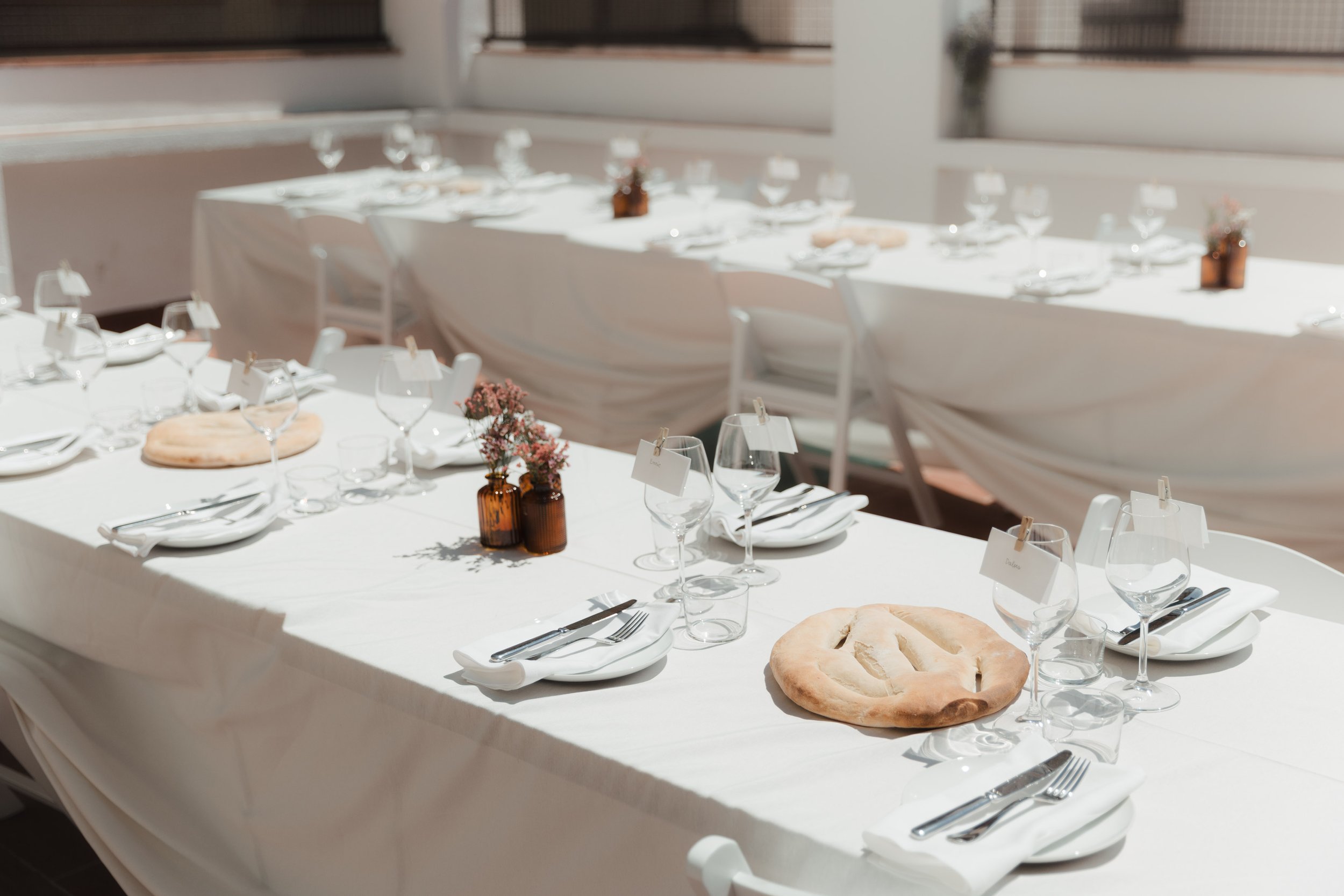

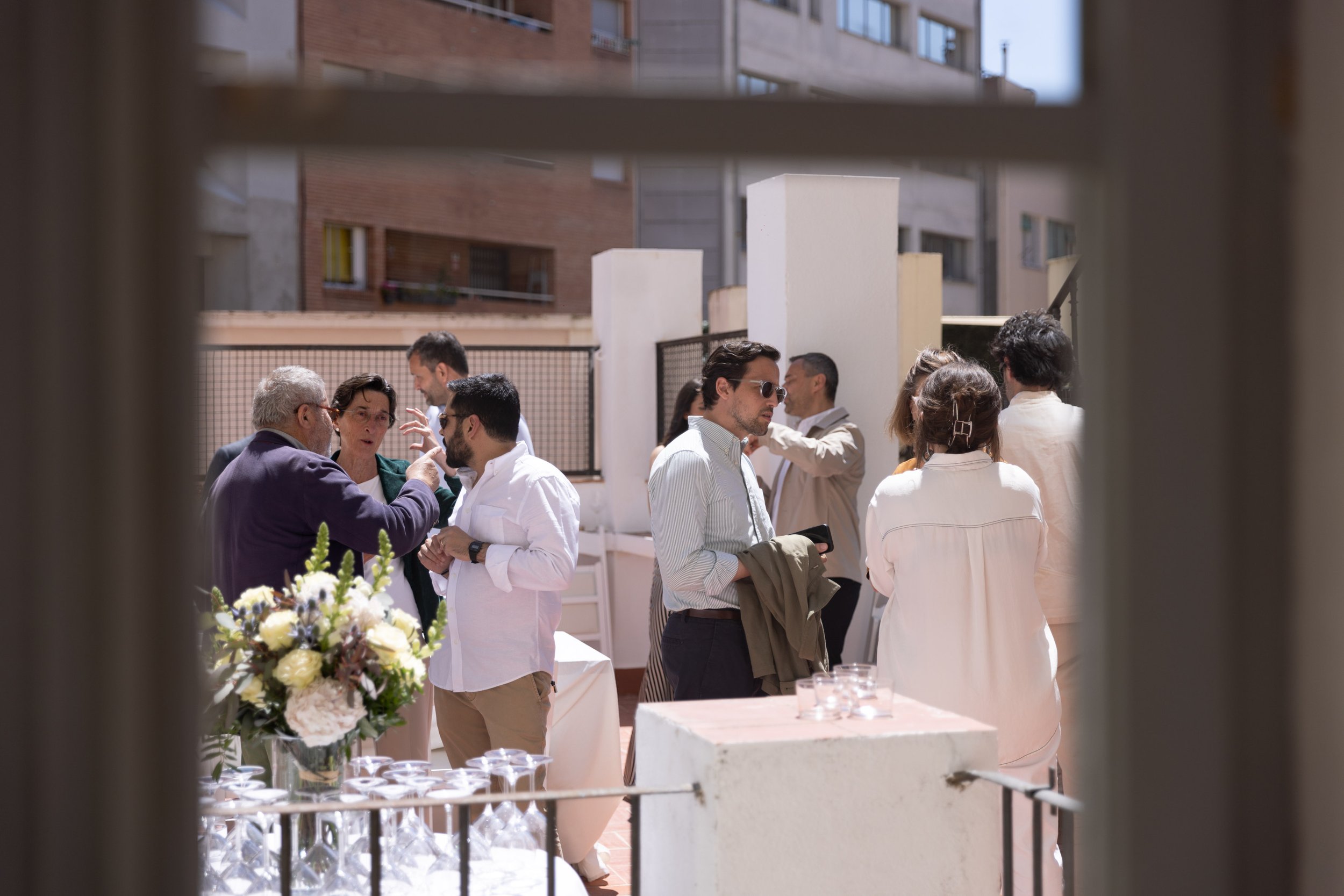


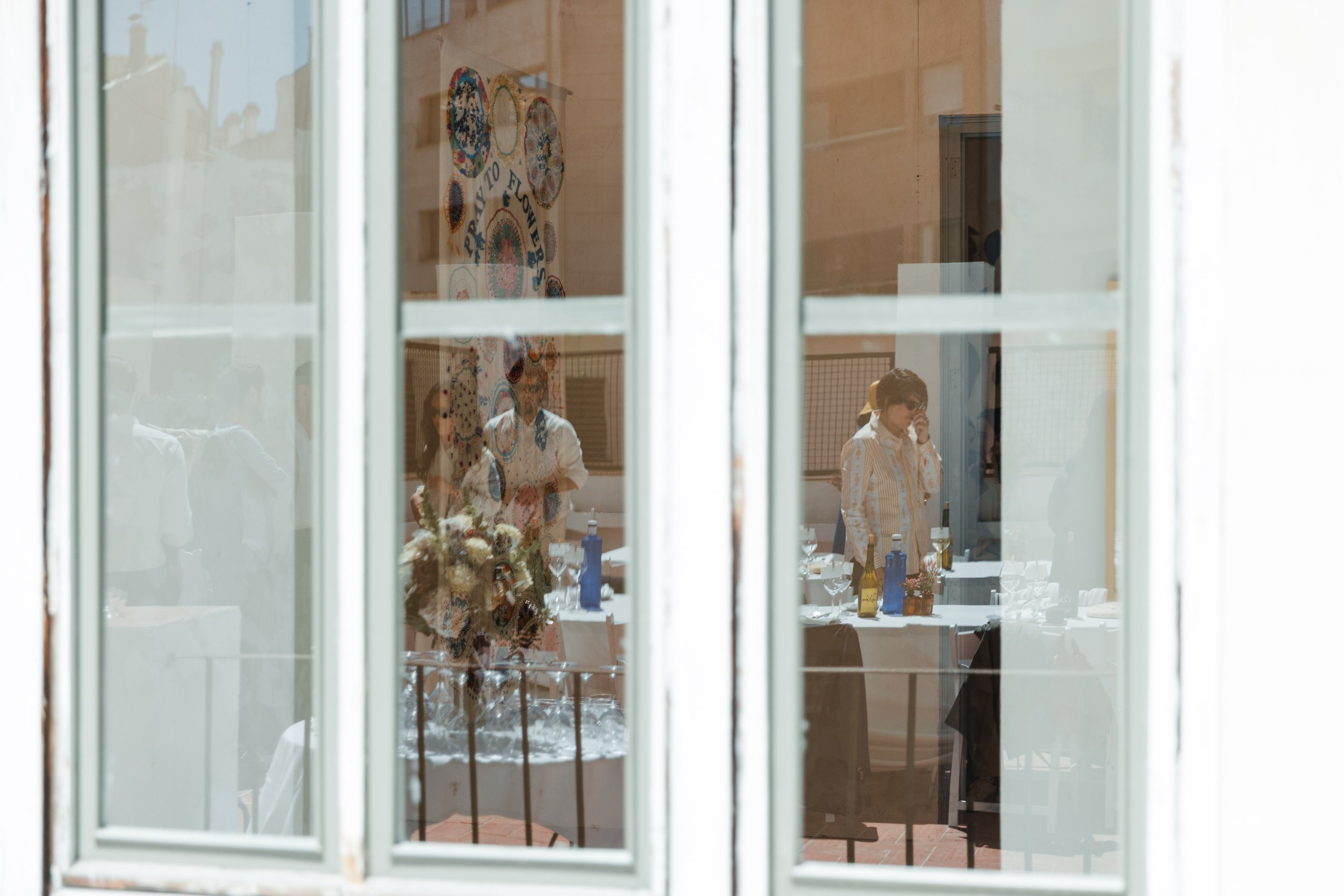



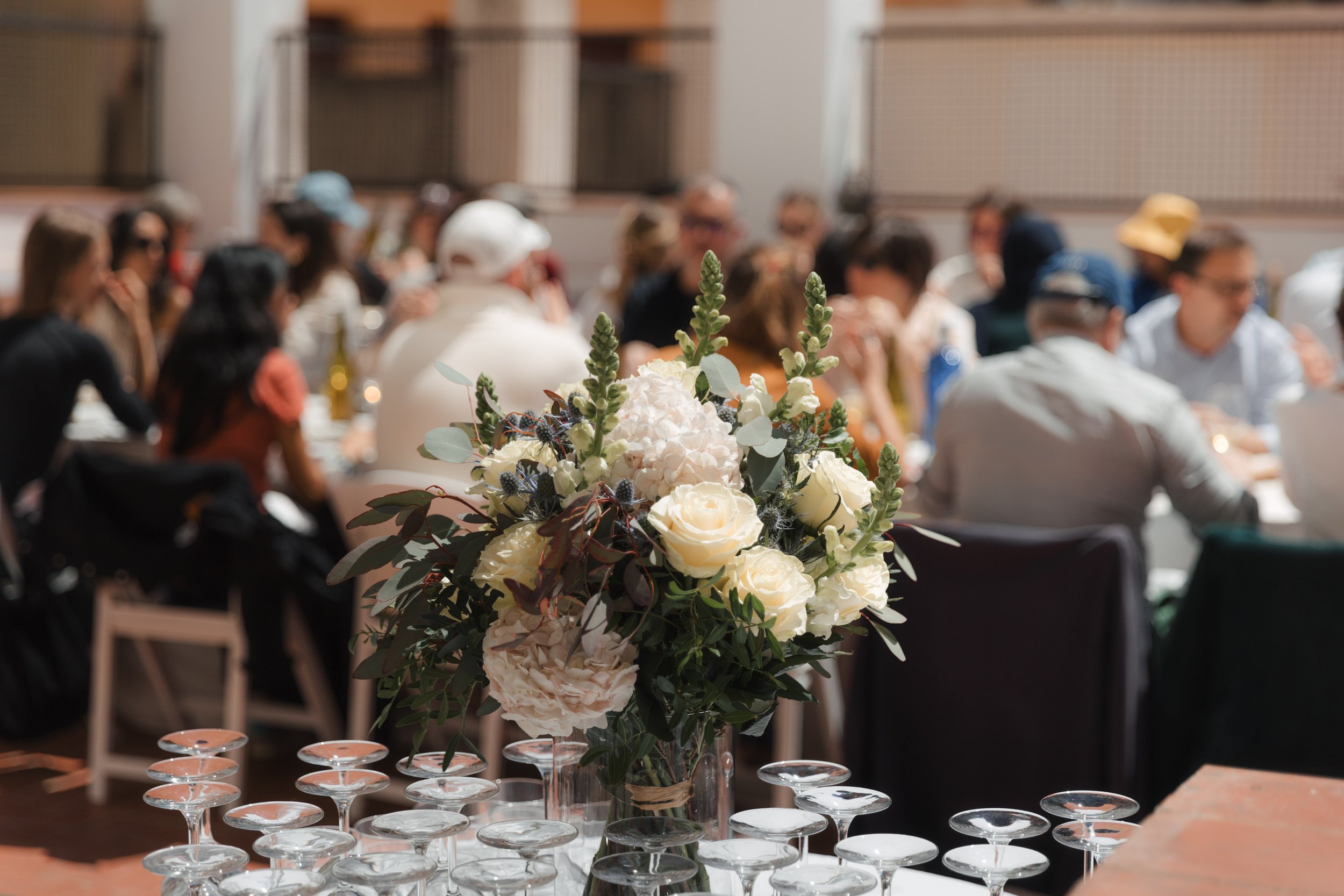


Image Credit: Joan Divi (@joandivi)

